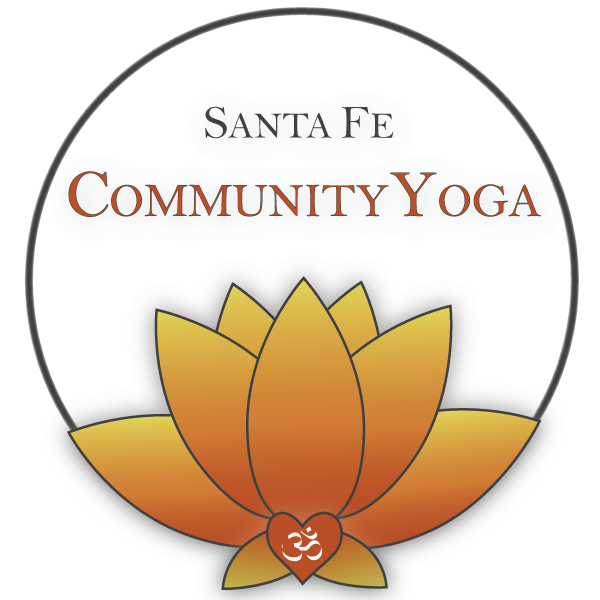Blog Post by Eliza Skye
“We are birthed into sangha, into sacred community. It is called the world.”
As we move into a new year, the unknown can be exciting but it also has the potential to be daunting. This year, especially, contains many mysteries, as we will soon be under new leadership as a nation. It is in these times of potential adversity that we may call upon our sangha, the spiritual community around us, for strength and support. Our yoga studio is a sangha, whether we realize it or not. When you spend a few moments after class exchanging kind words with other students, you are contributing to the strength of the sangha. Most of us have various communities, such as dance communities, art communities, even online communities. They are all valid sanghas, for they help us grow on our own unique spiritual paths. Whenever you need to draw strength from your sangha at Santa Fe Community Yoga, know that we are always open to supporting your needs.
Shanti Virabhadrasana (Peaceful Warrior)
Warriors do not have to cause injury to protect the causes or the people they believe in. The Peaceful Warrior is firm in her ground, yet humble in her approach. The weapon she wields is her own spiritual resolve and strength, which she cultivates in her daily practices. Shanti Virabhadrasana reflects this energy in its movement. It is a strong lunge with a graceful backbend. We often use it as a transition or to link other poses together in our vinyasa practice. Shanti Virabhadrasana improves back flexibility, strengthens the legs, feet and abdominal muscles, opens the hips, lengthens the arms, torso and spine. If practiced mindfully, it can also help alleviate back pain. As Dan Millman writes in his novel The Way of the Peaceful Warrior: “A warrior does not give up what he loves, he finds the love in what he does.”
Gyan Mudra
Gyan Mudra is one of the most intuitive mudras, in which the thumb and tip of the forefinger meet. You have likely been practicing this mudra for a very long time. Gyan Mudra is known for strengthening the mula chakra, or the root chakra. It is also known as the “Mudra of Knowledge” and helps to invoke the highest version of the self when practiced. If you are having a difficult conversation, try holding Gyan Mudra as a way of channelling the most expansive version of yourself. Some say when you practice it, you can flow through your life lessons with ease and calm. One of the many benefits of this mudra is that it helps develop the virtue of fearlessness. Practicing Gyan Mudra with our pose of the month has the potential to be a very powerful combination. You can be fearless and strong, yet carry the lightness of your highest self.













